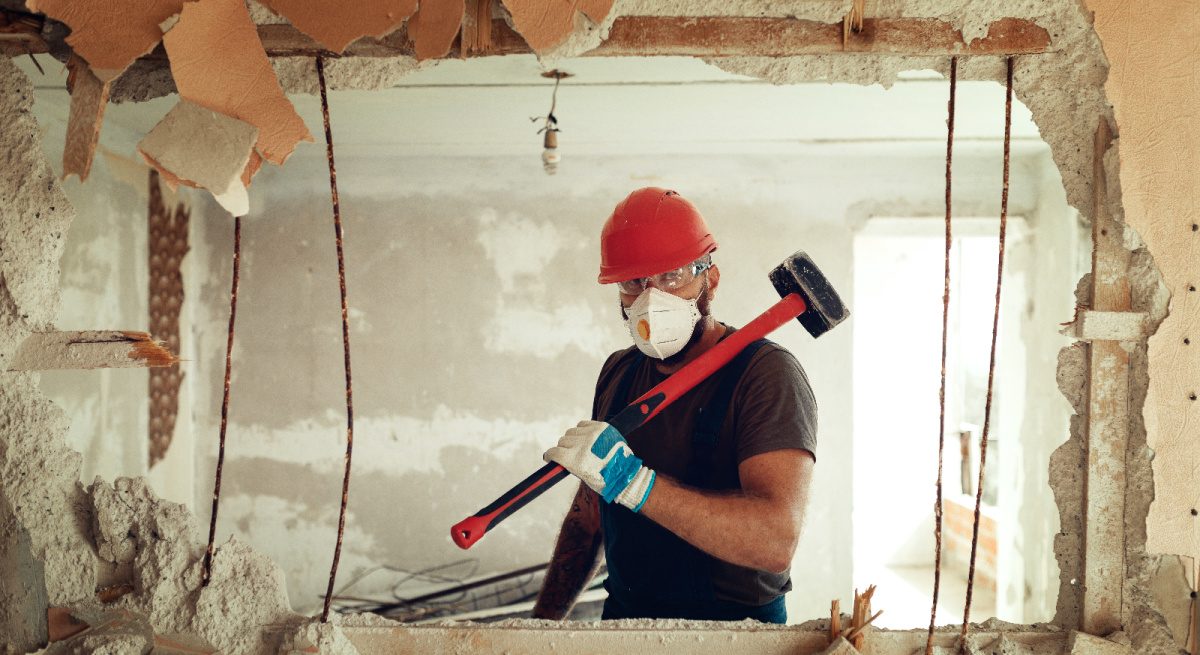Defects in Buildings: What Restaurant Owners Need to Know
3 Min Read By Phillip Joseph, Greg Demers
In light of the recent Surfside condominium collapse of Champlain Towers South, many building owners and tenants are evaluating the condition of their buildings, including deferred maintenance items and potential construction and design defects. Restaurant owners should likewise be concerned about the condition of their premises. Construction defects can devastatingly affect revenue and raise health and safety concerns for patrons and employees. This article discusses some of the warning signs to look for, and what to do if you discover a potential issue.
What to Look For:
- Water intrusion such as roof leaks and window leaks. Even a small leak may be a sign of a much larger construction issue. Repeated roof leaks may be a sign of systemic construction defects and could develop into a costly repair.
- Cracking of the exterior walls. Wall cracks and efflorescence may be a sign that your walls are experiencing water intrusion. As water enters a building’s wall cavity and reaches the framing, the framing can be compromised, causing more cracking, and leading to more moisture entering the wall. Caulking or sealing the cracks will generally only cover up the issue, leading to a more expensive repair in the future.
- Staining around windows and doors. You may find stains or discoloration at windowsills or around doors frames. This may indicate that your windows or doors are leaking. There could be an issue with your window installation, or the window products themselves may be defective.
- Mold. Visible mold growth on your ceiling or walls could be a result of water intrusion from a construction or design defect. Owners should also be mindful of strange smells, and employees’ health complaints, which may be caused by mold.
- Cracked floor tile. This may be a sign of issues with the building foundation.
- Missing shingles or roof tiles. Shingles and roof tiles should be properly fastened, and if they are loose or missing, water intrusion will likely occur.
- Cracked or displaced walkways. These conditions may be caused by improper mixing of the concrete or improper grading of the property. Not only are cracked or displaced walkways unsightly, but they can also be a tripping hazard for patrons.
- Rust stains on exposed rebar. Metal rusts when exposed repeatedly to water. Rebar provides structural strength to concrete walls and floors and should not be exposed to the elements. Rust stains may indicate potential compromises in metal components such as rebar.
What to Do:
- Contact a licensed contractor or engineer to evaluate. If your restaurant was recently constructed, you may be under warranty for certain claims. However, it is prudent to obtain a second opinion about your building condition. General contractors may offer a “Band-Aid” repair, which does not fix the underlying issue, but conceals the problem until after the warranty period, and after deadlines to make claims. An experienced repair contractor or forensic consultant can evaluate your building for issues.
- Consult a construction defect law firm to evaluate a potential lawsuit. If you suspect that your restaurant has construction defect issues, you should consult an experienced construction defect law firm to assess your potential case and to provide guidance as to your options. You may have viable claims against your landlord or the contractors, even if you do not own the building. An experienced construction defect lawyer will be able to help you navigate the legal hurdles, including potential timeliness issues, contractual limitations on claims, pre-suit notice requirements, and mediation and arbitration clauses.
- Make sure repairs are performed correctly. If you end up hiring someone to perform repairs, make sure they are licensed in your state and have adequate insurance to cover your project.
- Review your commercial property insurance policy. Your insurance policy may cover the issues you have identified, for example, if your restaurant recently experienced a casualty. However, many commercial property insurance policies will not cover the cost to remedy construction defects.
Claims for building deficiencies have deadlines. If your building is relatively new (four-ten-year range depending on your state), or if you have had significant renovations in the past few years, you might still have viable claims. However, once the deadline has passed, you may be left with no recourse but to spend a substantial sum of money on repairs.



